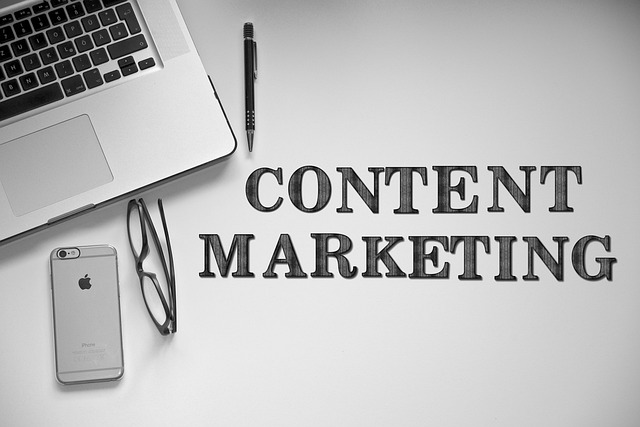In a competitive market, AI accessibility audit tools optimize commercial real estate management by analyzing noise, traffic, and sensory data to identify property value drivers. These tools empower stakeholders with strategic insights for space optimization, enhanced tenant experiences, and profitable rental rates through data-driven decisions. Integration involves defining objectives, assessing infrastructure, selecting tools, pilot testing, seamless integration, staff training, and continuous evaluation.
In today’s competitive real estate market, understanding the impact of noise and traffic patterns on commercial spaces is crucial. AI is transforming the way we perceive and optimize building environments, offering innovative accessibility audit tools for commercial buildings. This article delves into how AI can track and mitigate noise and traffic disruptions, providing a step-by-step guide for managers looking to enhance their properties using these cutting-edge AI accessibility audit tools.
- Understanding the Impact of Noise and Traffic Patterns on Commercial Spaces
- The Role of AI in Auditing and Optimizing Building Environments
- Implementing AI Accessibility Tools: A Step-by-Step Guide for Commercial Real Estate Managers
Understanding the Impact of Noise and Traffic Patterns on Commercial Spaces

In the realm of commercial real estate, noise and traffic patterns significantly influence the desirability and value of properties. AI accessibility audit tools for commercial buildings are increasingly being leveraged to gain detailed insights into these factors. By analyzing historical data and real-time sensor readings, these advanced systems can pinpoint problem areas within a space, such as excessive noise levels or heavy foot traffic in certain zones.
This data is invaluable for property managers and investors who aim to optimize their assets. Understanding the impact of noise and traffic allows for strategic adjustments to space utilization, tenant satisfaction, and even rental rates. With AI-driven insights, commercial spaces can be tailored to meet the needs of modern businesses, ensuring a productive and pleasant environment for occupants while maximizing investment returns.
The Role of AI in Auditing and Optimizing Building Environments

The integration of Artificial Intelligence (AI) in commercial real estate is transforming the way we perceive and manage building environments. AI accessibility audit tools are now being developed to evaluate and optimize noise and traffic patterns within structures, offering a new level of precision and efficiency. These advanced systems can analyze vast amounts of data collected from various sensors deployed throughout a building, providing insights into areas that may require improvement in terms of acoustic comfort and pedestrian flow.
By leveraging machine learning algorithms, AI can identify problematic zones, predict potential issues, and suggest tailored solutions to enhance the overall occupant experience. This proactive approach allows property managers and architects to make informed decisions, ensuring that buildings are designed or retrofitted with features that promote better noise control, improved accessibility, and more efficient traffic management.
Implementing AI Accessibility Tools: A Step-by-Step Guide for Commercial Real Estate Managers

Implementing AI accessibility audit tools for commercial buildings can seem daunting, but it’s a process that offers significant benefits. Start by identifying your goals: Are you aiming to enhance safety, improve user experience, or comply with regulatory standards? This will guide your tool selection. Next, assess your current infrastructure: Ensure your building has the necessary sensors and internet connectivity for AI tools to function effectively.
A step-by-step approach includes: (1) Researching suitable AI accessibility tools tailored to commercial real estate needs; (2) Pilot testing a few selected tools in a controlled environment to gather initial feedback and data; (3) Integrating the most effective tools into your building management system, ensuring seamless functionality; and (4) Training staff on tool usage and maintenance. Regularly evaluate performance and adjust strategies as needed for continuous improvement.
AI accessibility audit tools for commercial buildings offer a promising way to optimize noise and traffic patterns, enhancing the overall functionality of these spaces. By understanding the impact of environmental factors on tenants and employees, real estate managers can make informed decisions to create more productive and sustainable working environments. Implementing AI-driven solutions is a step towards revolutionizing the industry, ensuring properties remain desirable and competitive in today’s market.
